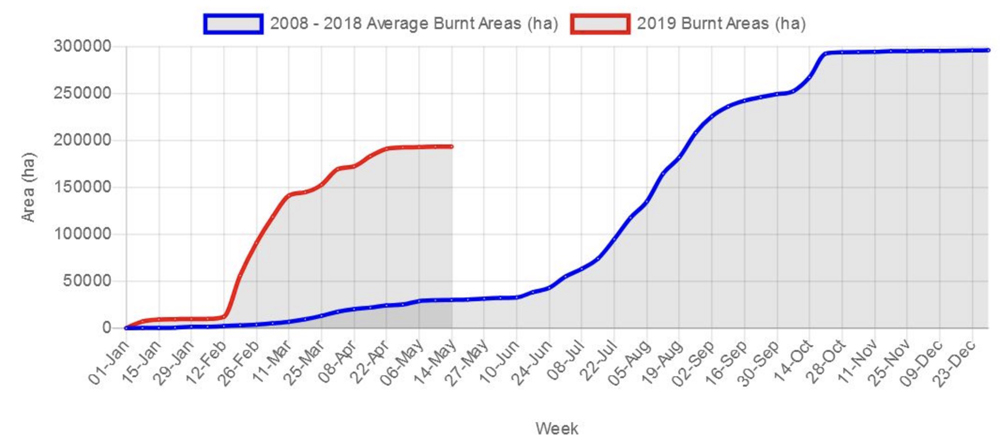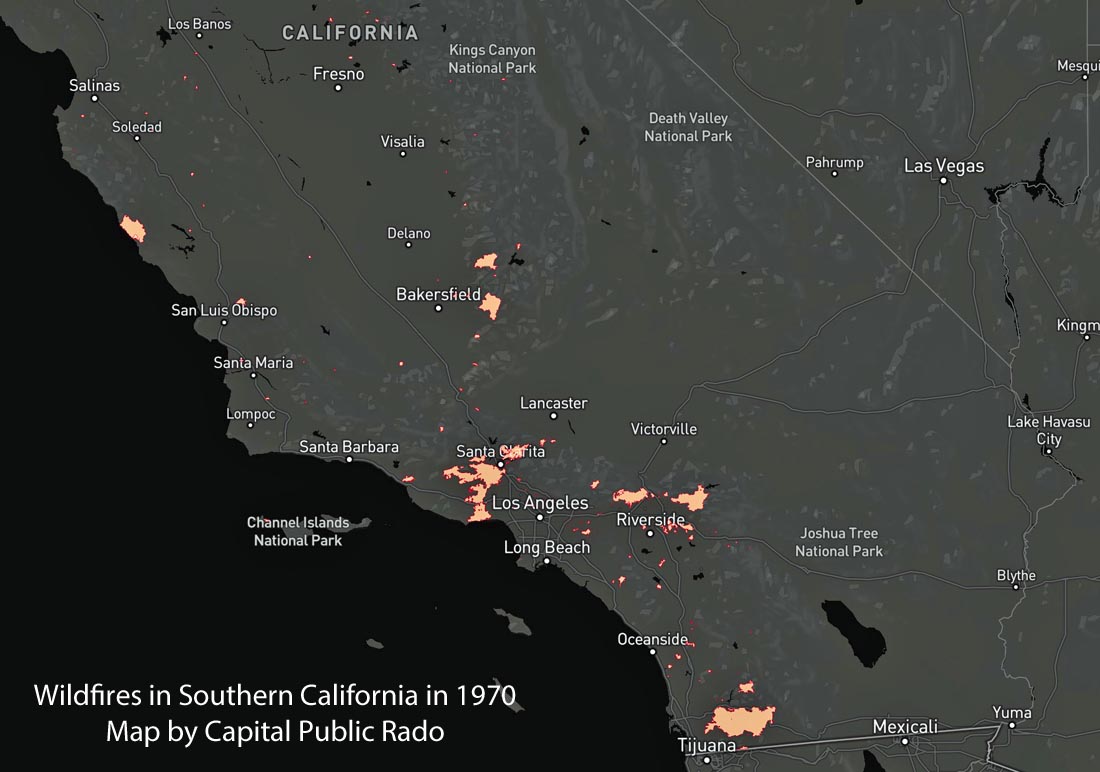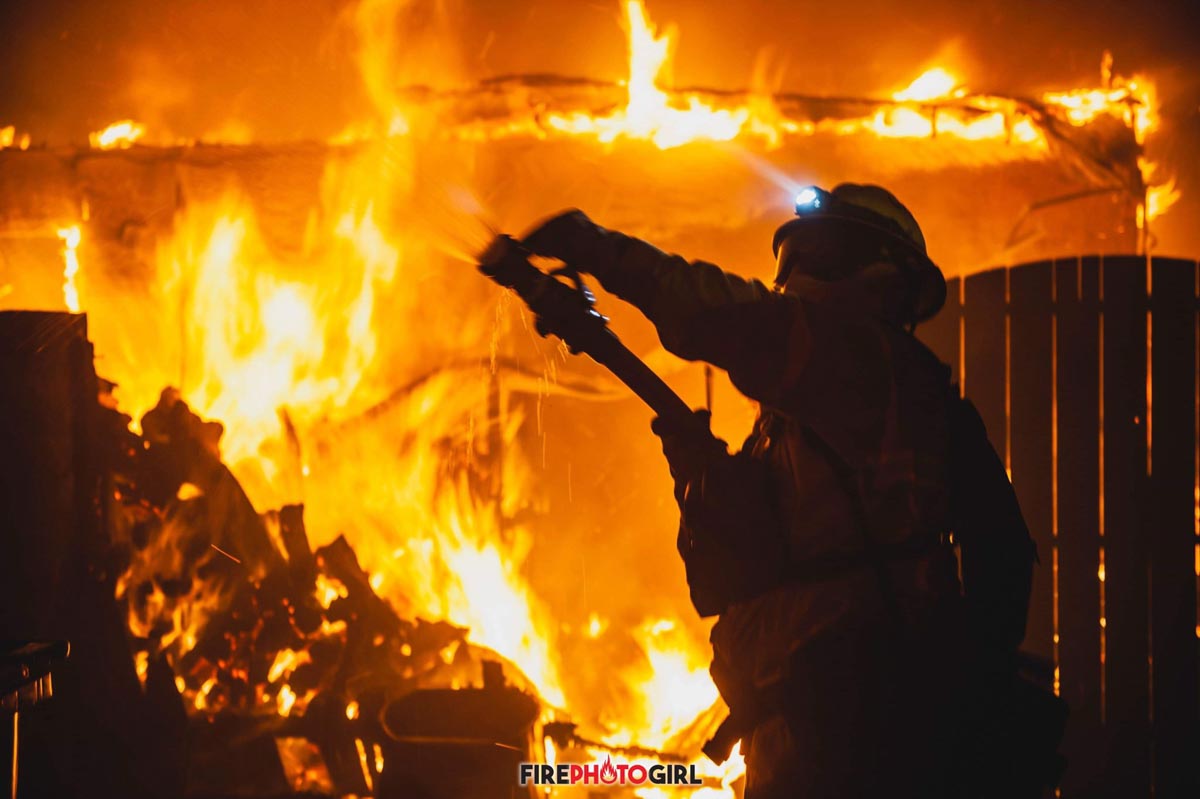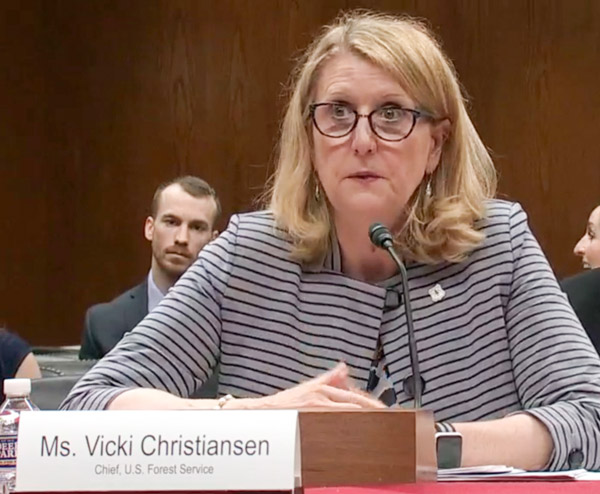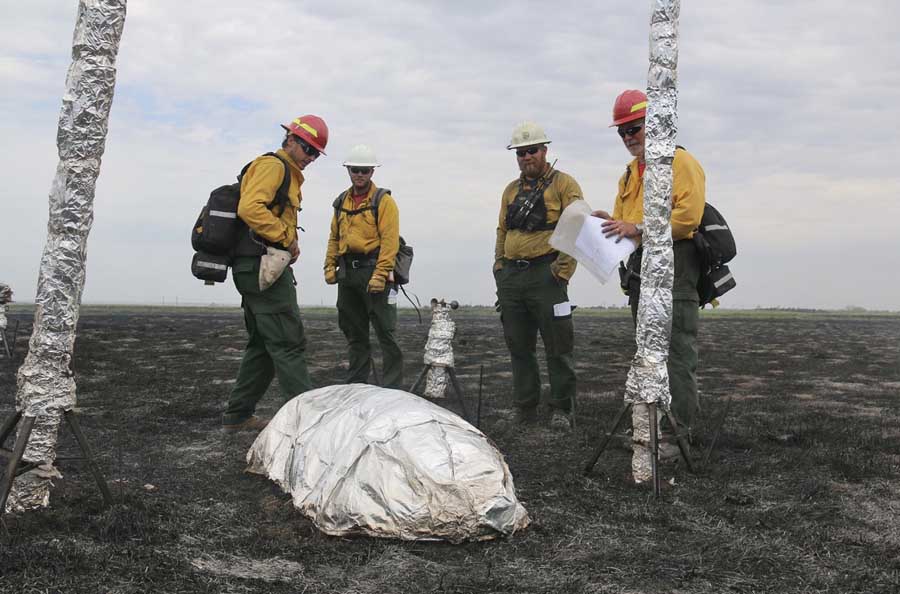
After five years of research an attempt to provide wildland firefighters with a more effective fire shelter has failed. Fire shelters are small foldable pup tent-like fire resistant devices that a wildland firefighter can unfold and climb into if there is no option for escaping from an approaching inferno. Many firefighters have used the devices successfully, but others have been killed inside them.
The catalyst for beginning the effort to improve the shelter had its origin from the Yarnell Hill Fire where 19 firefighters were entrapped and killed on June 30, 2013 in Arizona. They all deployed shelters, but none of them survived, however it is not certain if they were all completely inside the devices when they were overrun by the fire. The temperatures and duration of the heat experienced during that incident exceeded the capabilities of the design, which is still in use today.
During the last five years, the US Forest Service conducted an exhaustive search of materials and designs, working with 23 different entities, including NASA, that produced hundreds of different materials and combinations. Fire shelter materials and designs were evaluated on weight, bulk, durability and toxicity that are critical for determining suitability for use in fire shelters. Suitable materials were tested in a small-scale flame test to determine material strength, durability, flammability, and thermal performance. Materials that showed promise in the small-scale test were then constructed into fire shelters and tested in a full-scale, direct flame test to measure the performance of the overall fire shelter design.
After hundreds of full-scale tests, four prototype designs were selected for wear testing by 60 firefighters during the 2018 fire season.
One prototype was lighter, smaller and performed better than the current shelter, but did not satisfactorily endure production rigors and was eliminated from consideration. One prototype style was tested by line-going firefighters, while two large shelters were carried by equipment operators only.
The prototype designed for line-going firefighters showed a 37-second direct-flame test performance improvement; however, it is nearly one pound heavier and has 1.7 times more volume than the current shelter. The prototype shelter envisioned for equipment operators is more than four times the volume and nearly 1½ pounds heavier.
The researchers were unable to find an alternative that offered less weight/less bulk with similar protection or similar weight and bulk with more protection. Furthermore, past shelter deployments show that the vast majority of firefighters are able to deploy their shelter in a location that is predominantly exposed to only radiant heat. The current shelter performs very well in radiant heat exposure.
The committee that made the decision to recommend continuing to use the existing shelter weighed many facets but emphasized the increased physiological stress of the additional weight, limited storage space left on firefighters’ backs, the limited incremental increase in protection, the firefighter survey that showed a desire for a lighter weight/less bulky shelter, and the trend towards decreased number of annual fire shelter deployments. The results of the 2014 nation-wide firefighter survey was held in high regard. The results of the desire of a new shelter was as follows:
The researchers determined that the current fire shelter continues to provide the most practical amount of protection given the tradeoffs of weight, volume (bulk), durability, and material toxicity.
Slight modifications will be made to the current design to use material more efficiently, as well as updating the fire shelter’s polyvinyl chloride (PVC) bag to ensure a more reliable opening.
Based on these findings the National Wildfire Coordinating Group decided on May 14, 2019 to accept the recommendation from the NWCG Equipment Technology Committee’s recommendation to retain use of the current fire shelter.
Thanks and a tip of the hat go out to Tom. Typos or errors, report them HERE.



